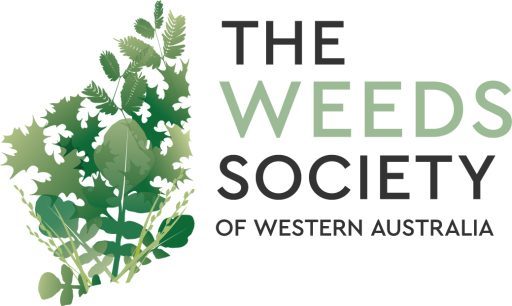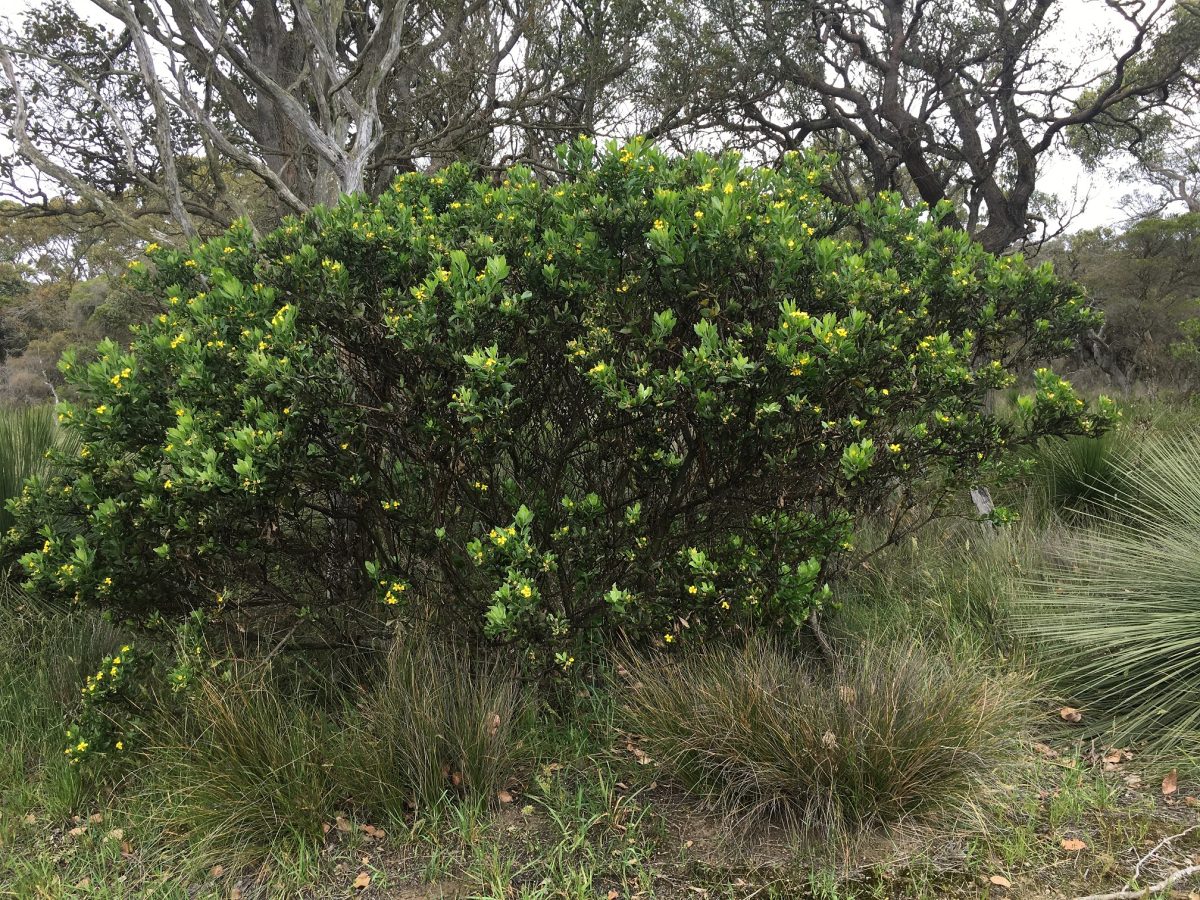Taxonomy
Boneseed, Chrysanthemoides monilifera subsp. monilifera (L.) T. Norl. (Asteraceae), is a perennial shrub native to the south-western and southern coasts of South Africa. First described by Linnaeus as Osteospermum moniliferum (Greek osteo=bone, Latin spermum = seed; monile = necklace), it was later described as belonging to the genus Chyrsanthemoides Fabr. (Latin = Chrysanthemum like) following Norlindh (1943) review of the South African Calendulaceae. The genus Chrysanthemoides contains two species and several subspecies. Only two have been introduced into Australia, boneseed and Chrysanthemoides monilifera subsp. rotundata (bitou bush), both are now Weeds of National Significance.
Ecology, biology and phenology
Boneseed prefers winter rainfall regions, where it is found in a wide range of vegetation communities including coastal dunes, estuarine areas, heath, mallee, woodland, and dry and wet sclerophyll forest (Brougham et al. 2006). Boneseed occurs on a range of soil types, and in Western Australia is mostly found on gravel/clay-loam soils in the Perth hills and in wheatbelt towns. Seedlings emerge during winter, but reproductive maturity doesn’t occur until the second year of growth. Flowering occurs August-October, with fruiting September-November. There is up to 6 seeds per flower and up to thousands of seeds per plant every year. In Australia, birds are the primary dispersal vectors, although most seeds fall beneath the plant and either enter the seed bank or are consumed by rodents or ants. Seed longevity is not well known but expected to be around 10 years. Mature plants have been observed to live for up to 20 years.
Legislation
Boneseed is classified as Category C2 (Eradication), is a declared pest under the State Biosecurity and Agriculture Management Act 2007, and is prevented for sale, trade, or movement. The control of Category C2 weeds is the responsibility of landowners or occupiers. However, the co-ordination of boneseed management has been generally resourced and delivered by DPIRD regionally, and by Landcare groups and local government in urban areas since 2006. For more information on legislative status, see https://www.agric.wa.gov.au/declared-plants/boneseed-declared-pest
Control options
The primary management tools used to control boneseed infestations in Australia are manual weeding, fire, and chemical control. In Western Australia, small infestations are dealt with hand weeding, but large plants (i.e. where the stem is >5cm) are generally cut down and stump painted with herbicide.
Found boneseed?
If you find boneseed, report it to DPIRD by MyPestGuide Reporter.


